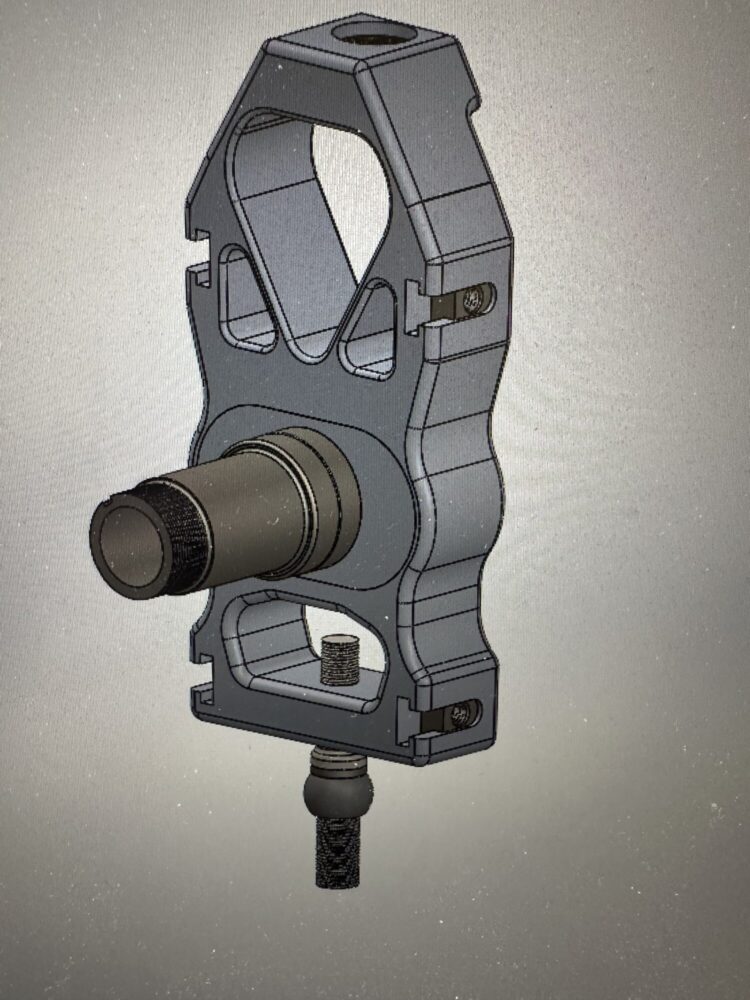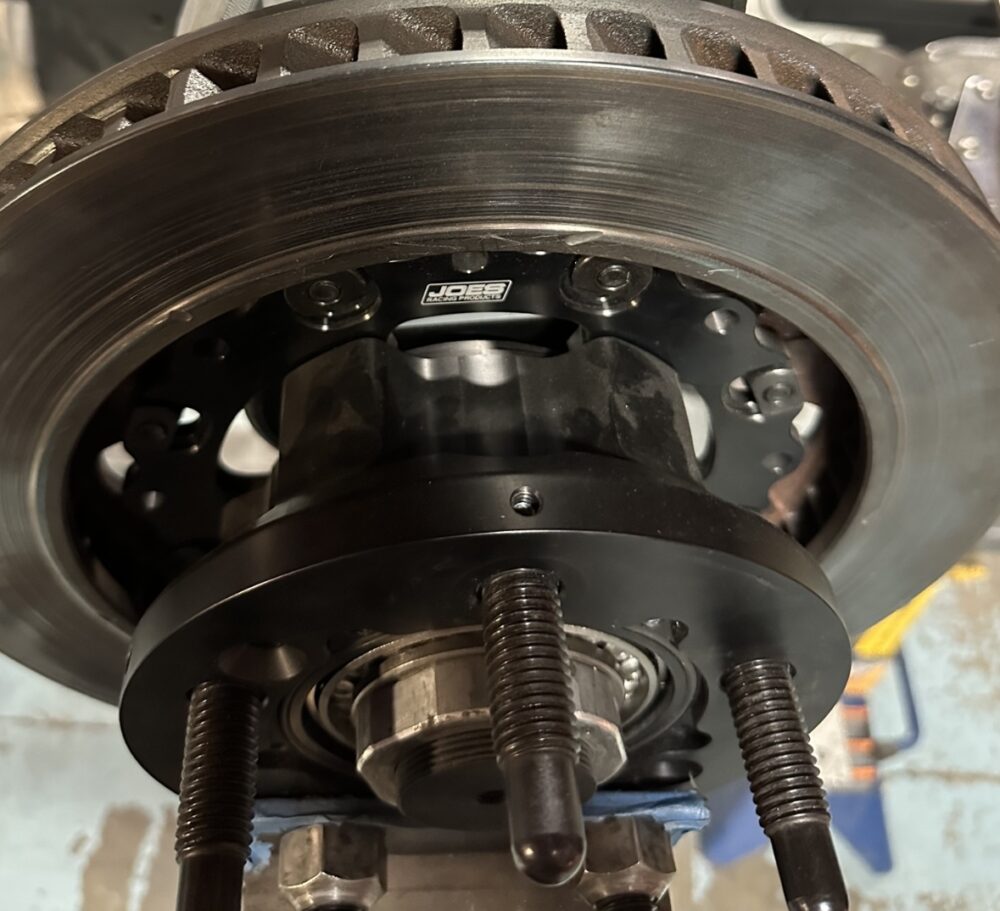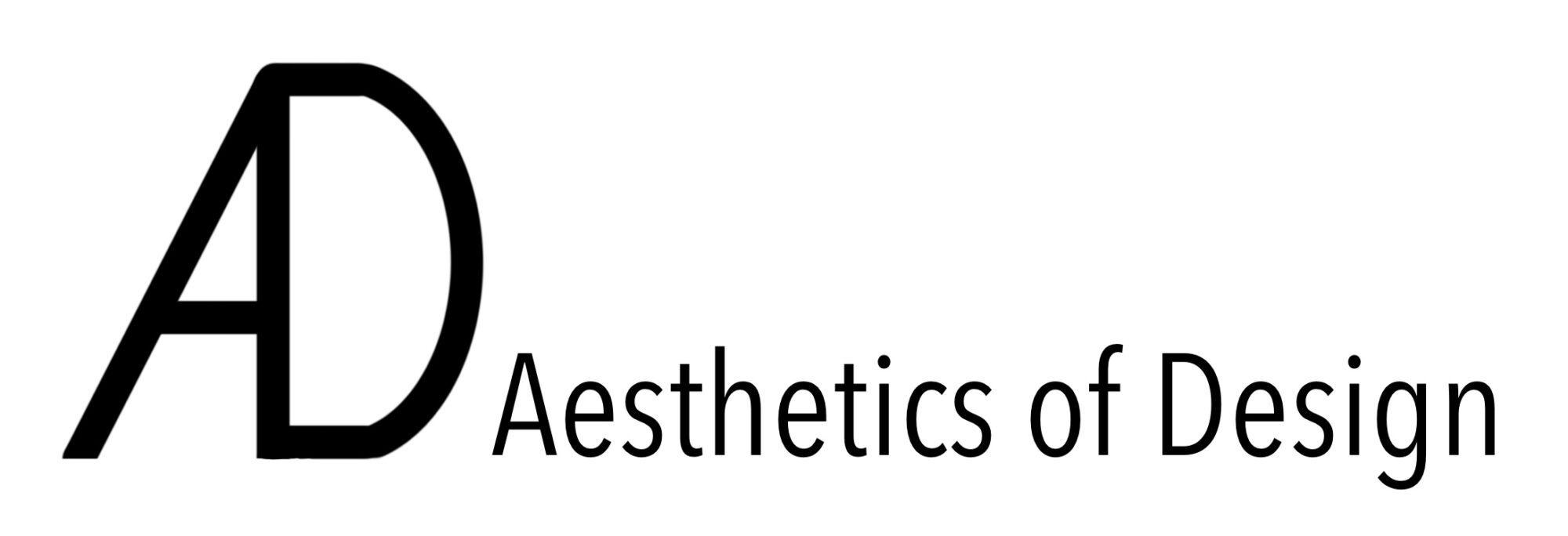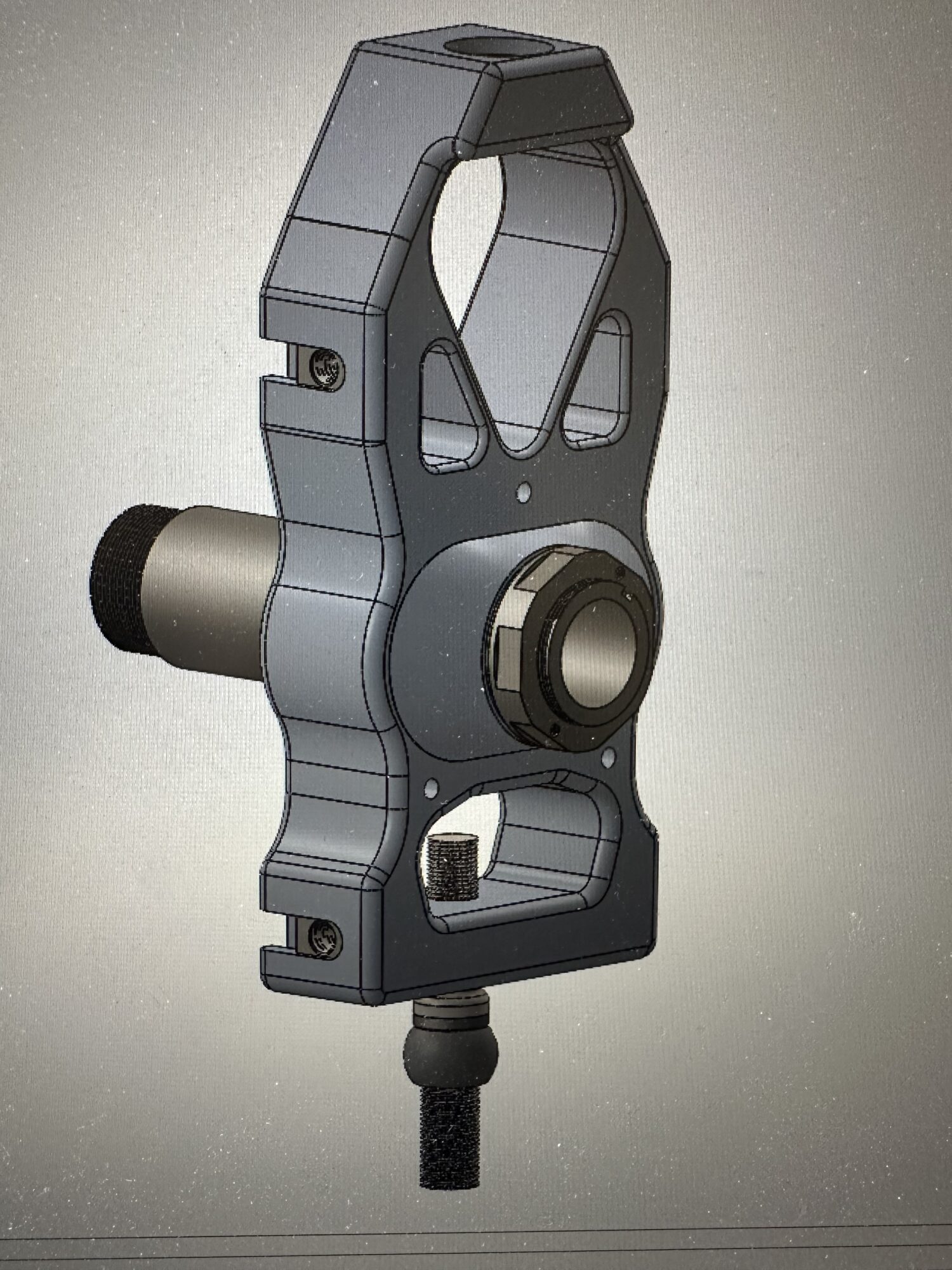For my design project, I decided to build a set of front suspension uprights for my 1965 Ford Mustang race car. The suspension uprights are an assembly that interfaces the wheel hubs, brakes, and control arms to allow the load transfer from the wheels to the suspension of the vehicle. For this project, I decided to utilize an aerospace aesthetic as it prioritizes high strength and low weight of the individual components which is appropriate in the design of a race car with the goal being to make the car as light as possible, while still maintaining functionality of every system.

The figure shown above illustrates the final design of the suspension upright which uses a combination of steel and aluminum components to reduce the weight of the assembly.
When designing these front uprights, I prioritized 5 top specifications which would drive the design decisions of this project. The first specification was that the upright will be able to accommodate the geometry of the suspension. This is the most important specification as the suspension geometry significantly impacts the drivability of the car and inadequate geometry would negatively affect driving performance while competing. The second top specification is that the upright shall accommodate my chosen brake system including the rotor and caliper. This is an important specification as I do not want to sacrifice safety while designing this vehicle and must be able to use a brake system that is adequately sized for the performance demand on the car. The third top specification of this design is that the uprights must have adjustability in the caster trail value and the location of the instant center. This is a very important specification as the suspension geometry must be tunable to maximize the vehicle dynamics. The fourth top specification is that the upright must be able to accommodate a standard Howe/Vogul 2 inch bearing wheel hub with a 5×5 inch bolt pattern. This is an important specification as wheel hubs need to be standardized for easily replacement of worn components and interchangeability of wheels. The fifth top specification is that the uprights shall be able to withstand all forces induced at the contact patch of the tire while maintaining a safety factor of 1.5. This is an important specification as I need to ensure that the vehicle will not unexpectedly fail and risk the safety of the driver. Additionally, I must reduce the weight as much as possible to remain competitive in the racing class.
I will know that I have succeeded in meeting these top 5 specifications if the system is interfaces with all of the required components, exhibits adjustability, and does not fail during testing.

My top constraint of this project is the amount of money required to purchase the expensive steel and aluminum materials that make up the components of this project. Additionally, other constraints that have affected my progress include long lead times on materials, limited availability of CNC milling machines, difficulty sourcing models of the interfacing components, and last-minute changes of suspension geometry which drives the design of the uprights.


2 Comments. Leave new
Great progress David! I was wondering if you feel like you are at risk of not completing the project on time? I know my project has a lot of manufacturing time and it looks like yours does too, do you feel like you have the resources you need?
Hello Chris, thank you for the comments. I do feel like the scale of this project is rather large for our defined time frame, so I have narrowed the scope of the project a bit. I am now going to create a plastic prototype of the spindle pin and back nut instead of machining the components from chromoly steel. However, I still plan to machine the remaining parts out of aluminum.